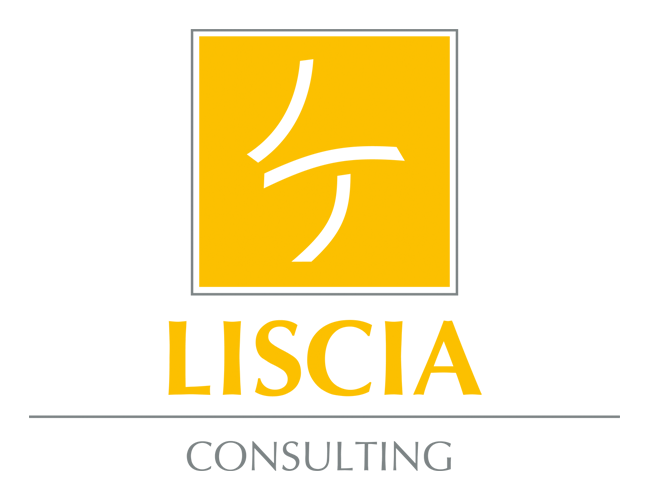Strategy: The manuscript for your success story!
We translate your company’s strategy into your leadership strategy – assuming your company’s strategy reflects your company’s vision.
A company’s current reality and present activities are derived from the future. What do we mean? If you want to be as effective and efficient as possible today, there is no getting around the vision, strategy and objectives triad. These three prerequisites are what guide and stabilize the people working for you. They inspire trust in all stakeholders. And they define your company’s future, triggering a transitional process. Yet, you can only act now, in the present moment.
Your vision is a picture of the future. A picture of where you want to be. A vision should also be anchored in emotion, since these emotions are the response to the question why you want to go there.
A strategy delineates:
- How you want to get there
- Which ways and means you will use
- Which markets and target groups you have in mind
- Your attitude along the way – which reflects your core values
- The time frame you give yourself
Finally, objectives define what exactly you want to achieve and more so, what you are prepared to do to get it, clearly formulating this in your objective activities.
In a start-workshop, we examine the vision, strategy and objective triad together, finding the proper syntax for translating the company strategy into the leadership strategy:
- Vision: How do you envision your future leaders? Where do we need a manager? Where do we need a leader?
- Strategy: How should leaders behave to reach our company’s objectives? What are our leadership principles – our core values? How much time will we allow our leaders to develop their attitude and skills?
- Objectives: Which leadership responsibilities do we define? Which skills and competencies should our leaders embody? How should leaders communicate with their employees in the future, propelling the transitional process forward?
Once the triad is thoroughly transcribed, we turn our energies toward developing a thoroughly accurate concept to accommodate it.
No doubt, you ask yourself just how does the Liscia Consulting team guide us through a transitional process? What are their core values? -and how long does Liscia Consulting need to shape our leaders?
Not knowing your company’s triad, we cannot answer the final question. On our Doing page, you will find several success stories, which also convey how long we needed to get there.
The other two questions are easily answered. Our core values are emotional, rational, blunt.
What does that mean?
Emotional:
We are passionate about and dedicated to what we do. We approach your organization in thought, feeling and deed, as if it were our own. We quickly grasp what works and what doesn’t work (yet), where to expect resistance and which hurdles we must take.
Rational:
We have a very sharp eye on your index, your Key Performance Indicators (KPI), calculating your return on investment and the value of your investment in our collaboration.
Blunt:
When necessary, we are direct, provocative and confrontative. With us, you are not investing in a yes-man trainer or coach. We are eye-to-eye advisors and strategic partners, coaching, training and moderating. Liken us to a carpenter who planes, saws and mills to create something durable, but is not herself a plane, saw or mill.
How do we approach guiding you through your transitional process? With the story changing® model we developed for this purpose. In 2016, the German Coaching and Training Association (DVCT) recognized story changing® with the Coach & Trainer Award. Our advanced training for story changing® consultants was awarded the Industriepreis (Industry Prize) 2017, chosen as the Best of in the service provider category.
Story changing® guides businesses, teams and individuals through transitional processes. It helps people to understand, accept and actively shape change.
In 12 steps, the individual subjective and emotional experiences are defined. Contrary to other established change models, which address either the emotional perspective or the organizational aspects of a transitional process, story changing® perceives and works with both. What’s more, story changing® contradicts the common assumption that transitions begin with an obligatory shock. With story changing®, executives and leaders are called on to build a solid foundation of trust on which their employees can stand strong. Should leaders fail to do so, any transitional process is as good as doomed. Going further, story changing® views transition as a flexibly evolving process, allowing steps to be skipped or revisited. The sole decisive factor is that the path is steadily followed onward to the twelfth step. A superimposed dimension of the story changing® model is the T.O.M.A.S. Principle (T.O.M.A.S. Prinzip®), which groups the 12-step progression into 5 phases. The first phase, Phase 0, begins prior to launching the actual transitional process. It’s the phase of Trust.
To best analyze and visualize transitional processes, there is the story changing® board used hand in hand with the toolbox, giving company executives and leaders precise instructions on what to do when – inhouse or with external support. Ultimately, a detailed plan of action is generated, drawing on well-known instruments such as Cynefin Framework and RASIC. Thus, story changing® is an outstanding leadership tool, sparing your business chaos and frictional loss while aiding leaders in grasping and guiding complexities throughout a successful transition.






